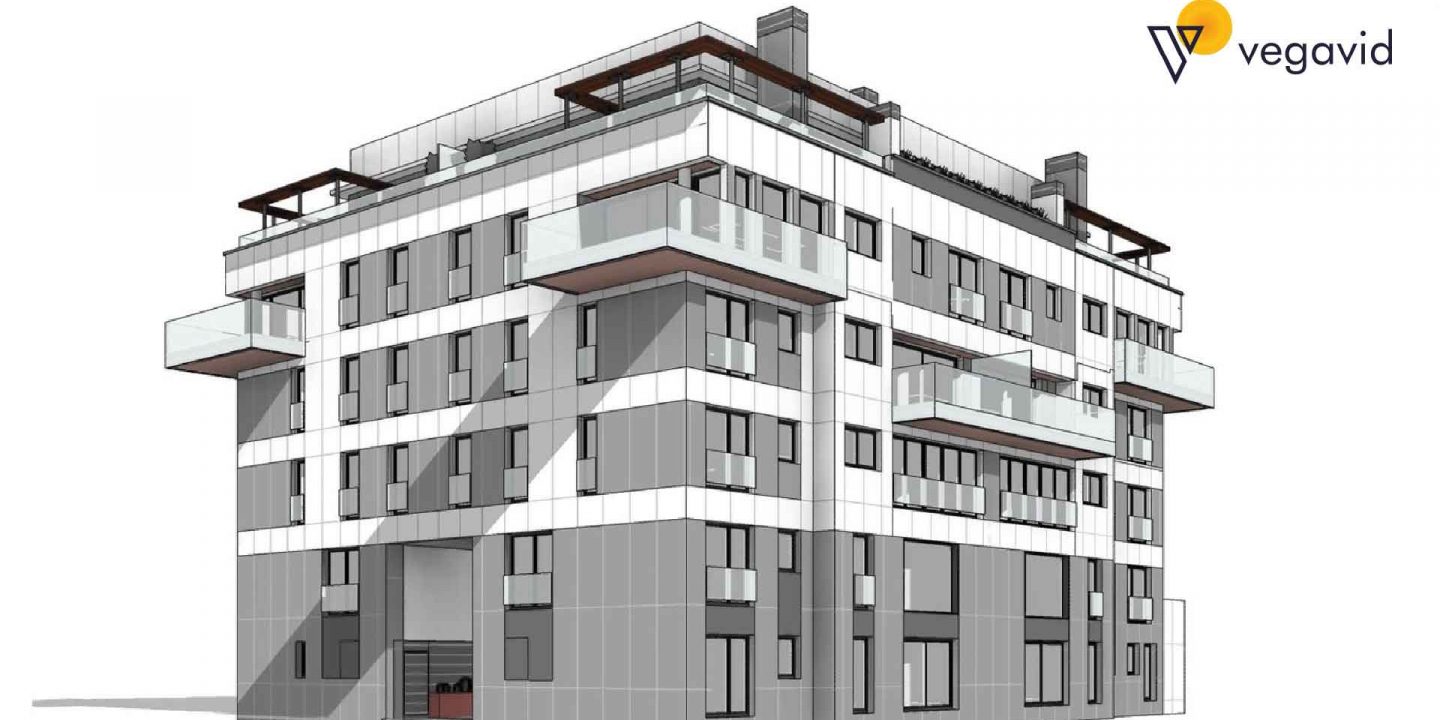
Designing a software architecture is a crucial step in the development process, laying the foundation for a successful and scalable system. It’s important to carefully consider the requirements and goals of the system, as well as factors such as scalability and maintainability.
Designing software architecture is a crucial aspect of developing software that is reliable, efficient, and scalable. It involves creating a blueprint of the software system that outlines its components, interactions, and relationships. A well-designed software architecture can make a significant difference in the success of a software project. In this blog, we will discuss ten professional tips on designing software architecture that can help you create a system that meets your business needs and requirements.
We will cover topics such as understanding the business requirements, considering scalability, choosing the right technology stack, modular design, and more. By following these tips, you can design a software architecture that is flexible, adaptable, and meets your business goals. Whether you are an experienced software architect or new to the field, these tips can help you create robust, reliable, and scalable software.
10 Tips and best practices to design software architecture
This blog will provide tips and best practices for software design architecture to help you create a robust and practical design.
1. Be aware of your functional requirements
One of the key considerations in software designing is the system’s functional requirements. These are the specific tasks that the system needs to be able to perform, as well as any constraints or limitations that must be taken into account. It’s important to thoroughly understand and document the functional requirements to design an architecture that meets the users’ needs.
You should gather input from stakeholders such as users, customers, and subject matter experts to identify the functional requirements. This may involve conducting interviews, surveys, or workshops to gather information about the goals and needs of the system. You should also consider any regulatory or compliance requirements the system must meet.
For example, let’s say you are designing a software system for a healthcare company. Understanding the business requirements would involve learning about the company’s mission, their users’ needs, and any regulatory requirements that may affect the software architecture design.
Once the functional requirements have been identified, you can use them to guide the design of the architecture. For example, if the system needs to be able to process large amounts of data quickly, you may need to design a distributed architecture that can scale horizontally across multiple servers. On the other hand, if the system needs to handle real-time interactions, you may need to design an architecture that can support low latency and high availability.
2. Minimized Support and Operating Costs
Minimizing support and operating costs is an important aspect of software architecture design. There are a few key strategies that can be used to achieve this. One strategy is to design the system as modular and self-contained as possible, with clear interfaces between the different components.
This makes it easier to understand and maintain the system and reduces the need for costly support and maintenance. Another strategy is to design the system as highly automated, with minimal human intervention required for day-to-day operations. This can significantly reduce operating costs.
3. Include and determine non-functional requirements
In addition to functional requirements, it’s important to consider non-functional requirements in software design. Non-functional requirements, also known as “quality attributes,” describe the overall characteristics of the system that are not related to specific functions or features. Examples of non-functional requirements include performance, scalability, security, usability, and maintainability.
Selecting the right technology stack for software architecture design is crucial. The technology stack you choose will determine the system’s performance, scalability, and maintainability. Factors to consider when choosing a technology stack include the software system’s complexity, the development team’s expertise, and the required system’s speed and efficiency.
For example, if you are designing a software system that requires real-time processing of large data volumes, you might choose a technology stack that includes Apache Kafka and Apache Spark. These technologies are known for their fast processing speeds and ability to handle large data volumes.
To determine the non-functional requirements, you should start by gathering input from stakeholders and identifying the key quality attributes important for the system. Once the non-functional requirements have been identified, you can use them to guide the design of the architecture.
4. Visualize your design
Visualizing your design can be an effective way to help you design software architecture. There are several benefits to visualizing your design:
- Improved communication: Visualization can make it easier for stakeholders to understand the design and facilitate communication between team members.
- Enhanced collaboration: Visualization tools can create interactive diagrams that can be shared and edited by multiple team members, improving collaboration and facilitating design discussions.
- Increased understanding: Seeing the design visually can help you better understand the relationships between different components and how they fit together, leading to more informed software design decisions.
- Early identification of issues: Visualization can help you identify potential issues or bottlenecks in the design early on, saving time and resources in the long run.
Many tools are available to visualize software architecture, including diagramming and code visualization tools. These tools can create various diagram types, such as component diagrams, deployment diagrams, and class diagrams, to help you communicate and understand the design.
5. Think about each component of the software design
When designing software architecture, it’s important to consider each component carefully to create a system that is scalable, maintainable, and easy to understand. The software should be broken down into smaller, self-contained components that can be developed and tested independently. This makes understanding the system easier and allows for more flexible development and maintenance.
It’s important to define clear interfaces between the different components of the software so they can communicate effectively. This may include defining APIs or interfaces that allow components to pass data back and forth. Security is an important consideration in software design, especially if the software handles sensitive data or interacts with external systems. It’s important to consider both internal securities of Form.
6. Could you keep it simple?
Keeping the software designs simple is a key principle in software architecture design. Simple designs are typically easier to understand, implement, and maintain than complex ones. A simple design can also minimize the risk of errors and bugs in the software, saving time and money in the long run. When designing the software architecture, it’s important to keep the overall system simple and to break down the system into smaller, self-contained components that can be easily understood and maintained.
7. Don’t choose patterns
It’s important to avoid simply choosing patterns to follow a specific software design approach. While design patterns can be useful tools, they should be chosen based on how well they fit the specific needs and requirements of the software being developed.
One of the biggest pitfalls of choosing patterns blindly is that there may be better fits for the software. For example, a monolithic architecture pattern is chosen for a highly scalable software system. In that case, it may need help to handle the increased load as the number of users grows. This can lead to poor performance and other issues.
It’s also important to avoid choosing patterns simply because they are famous or trendy. Even though a specific pattern is widely used, there are better fits for your software. Instead, it’s important to carefully consider the specific needs and requirements of the software and choose the pattern that best meets those needs.
8. Be cautious of scope creep
Scope creep is a common problem in software design, where the project scope gradually expands beyond what was originally agreed upon. This can happen for various reasons, such as changes in requirements, lack of clear requirements, or lack of effective project management.
In the context of software architecture design, scope creep can have a number of negative effects. As the project scope expands, the software architecture can become increasingly complex. This can make it more difficult to understand the system and make it easier to develop, test, and maintain the software. It can also take longer to complete and increase the project’s cost. This can lead to delays in the schedule, which can have a ripple effect on other aspects of the project.
As scope creep continues, the software architecture can become less cohesive and more disjointed. This can lead to reduced quality in the final product. It will be more challenging to maintain the software. This can make it harder to fix bugs, add new features, and make other changes to the software over time. Top of Form
9. Understand the High-Level Architecture Principles
It’s essential to understand the high-level software design architecture principles when designing software architecture. These principles are fundamental concepts common to many software architectures and provide a foundation for designing a sound, effective system.
Some of the key principles include the following-
- Separation of concerns– The idea of dividing the system into distinct, independent components.
- Modularity- The idea of breaking the system into smaller, self-contained modules;
- Loose coupling– The idea of minimizing the dependencies between the different components of the system.
Understanding these principles can help you to design a system that is flexible, adaptable, and easy to understand.
10. Consider scalability and software testing
Scalability and software testing are important considerations in the design of the software. As more and more users use the software, it’s important to design a system to handle large amounts of data and traffic. This may involve designing the system to scale horizontally across multiple servers or designing the system to be highly distributed.
For instance, if you are designing a software system for a startup, you must anticipate future growth and design the architecture to accommodate increased traffic and data volumes. This can involve using cloud-based solutions, such as Amazon Web Services or Google Cloud Platform, that can scale up or down as required.
Additionally, it’s important to consider software testing throughout the design process in order to ensure that the system is reliable and robust. This may include automated testing, performance testing, and user testing to ensure that the system meets the needs of the users and the business.
Conclusion
Designing software architecture is a complex task that requires careful consideration of various factors. The design should be guided by specific needs and requirements, flexible, adaptable, and easy to understand. By keeping in mind, the top tips and best practices discussed in this blog, such as identifying the core functionality, breaking down the system into smaller components, considering scalability and performance, security, testing and refining the design, and avoiding scope creep, developers can create a software design that is efficient, reliable and cost-effective.
Additionally, architects should strive to minimize support and operating costs, understand the high-level architectural principles, keep it simple and consider scalability and software testing throughout the design process. By following these best practices, software developers can create a software architecture that meets the needs of the business and the users and can be easily modified and maintained as the system evolves.








